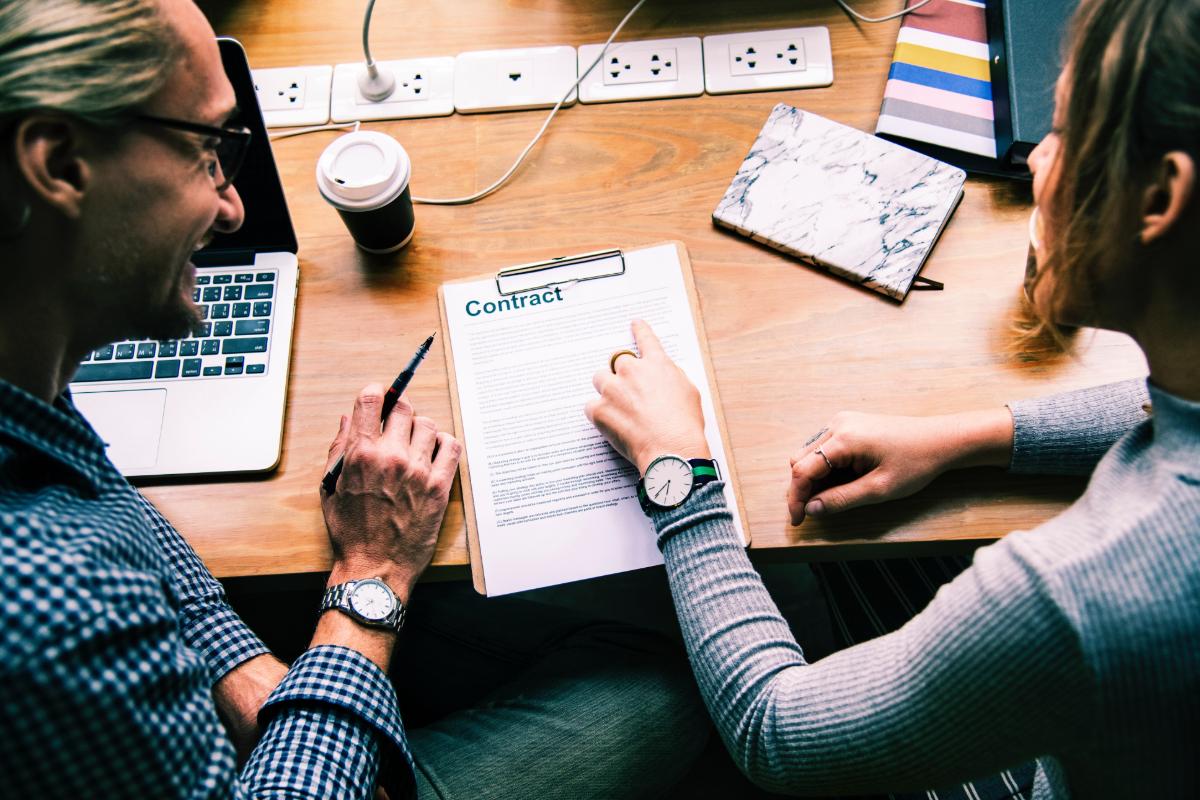
Virtual property viewings are on the rise. With lockdown limiting our lifestyles and restricting regular routines, technology has stepped in to help.
Online viewings are usually the preserve of tenants who can’t physically get to the property: maybe they live overseas or need to secure a rental quickly with no time to travel across the country.
But since lockdown, they’ve become a vital tool for both tenants and landlords to get people into appropriate accommodation and keep rental property income flowing.
Here we explore how they work and share some essential tips to make the approach as easy and safe as possible.
How do virtual viewings work?
Virtual viewings are the ideal way to choose a new rental property while working around social distancing measures.
While in-person viewings are currently permitted, these must follow strict guidelines and should only be carried out for those seriously interested in a property.
Enter the online viewing, a way for tenants to quickly assess a property’s suitability and for landlords to filter potential candidates.
There are two main methods:
Pre-recorded tours
These videos can be filmed either by a letting agent following social distancing guidelines or by the landlord. They’ll show each room in detail and can either be purely visual or have an accompanying commentary.
Appearing within an online listing, they can be easily accessed alongside the familiar photos and floorplans, giving tenants even more visual information to help reach a decision.
These work well to provide an initial impression but lack the immediacy and interaction of the second option.
Live video viewings
Alternatively, many letting agents, including MakeUrMove, are offering live video viewings, often via WhatsApp’s video call feature. These give a bespoke, real-time tour of the property.
This is the closest option to a traditional viewing: an agent can talk you through the property’s features much as they would if you were both there in-person. The two-way conversation is there, giving you the chance to ask any questions and request a close-up view of any specific features.
It can be difficult to assess the condition of a property and its interior fittings on a video. So don’t be put off from asking some extra questions:
How old is the kitchen and bathroom?
When were the carpets last replaced?
How old is the boiler and when was it last serviced?
When was the property last decorated?
When did it last have a professional deep clean?
Can you provide a full inventory with details about how old the furniture is?
Can you provide a full maintenance history?
Don’t forget to ask to see places you’d naturally see on a personal visit: communal areas, outdoor space, neighbouring properties and the busyness of the road.
You’ll want a complete picture of what’s on offer before making a decision.
What happens after a virtual viewing?
Virtual viewing complete, you may decide you’ve found your ideal property. If you need to move as soon as possible, the reassurance of seeing the place in person may be low down on your priority list, especially if you know the property is in high demand.
If you do enter a tenancy agreement after only seeing the property via video, ensure you get a download of it from your agent in case of a dispute. Even if you think you have no reservations, requesting a break clause can offer extra peace of mind. If you find the property isn’t quite what you thought it was, you’ll be able to move out in six months with no financial penalty.
For those who prefer to see the property in-person before entering an agreement, this is now allowed. You could suggest agreeing to the letting ‘subject to a physical inspection’ to reduce the chances of you missing out to another tenant while the viewing is arranged.
Since May 13th, socially distanced viewings can be carried out provided they carefully follow public health guidelines:
Initial viewings should always take place via video to minimise the number of physical viewings
Those who are seriously interested in renting the property can arrange to view it in-person
Physical viewings should be done by appointment only, open houses are not permitted
Those who are viewing should be from the same household and numbers should be as low as possible
Everyone attending should avoid touching surfaces, wash their hand before entering and after leaving, and carry hand sanitiser
Pre-recorded video tours are a great way to create a shortlist of suitable properties. From there, you can arrange a live video viewing with your agent to examine the finer details and make your list of potential properties even shorter.
This approach minimises the number of physical viewings needed in order to sign a new tenancy agreement, introducing both speed and practicality to the process of finding a new place to rent.
At MakeUrMove, we offer a range of forward-thinking virtual viewing options to make the process as helpful as possible for both tenants and landlords.
We understand that viewings and managing enquiries are the most time-consuming elements of letting property. And that Covid-19 restrictions complicate this further.
Our video walk-throughs and live video calls via WhatsApp let you view properties without having to leave your current home. Narrowing down potential places to move to becomes quicker and easier, meaning you’ll be one step closer to moving into your ideal new home.







